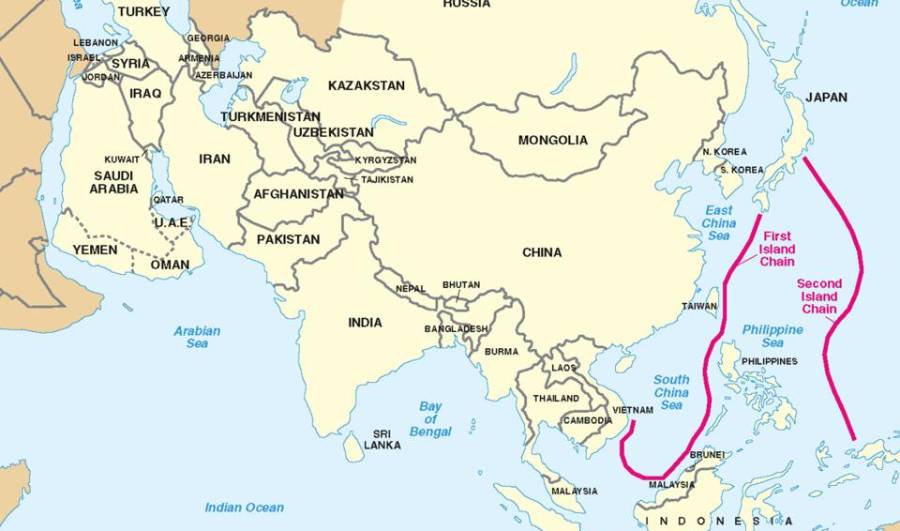
In mid-July, the latest in a series of classified seminars will be held at the Charles Stark Draper Lab adjacent to MIT’s campus to educate naval personnel and contractors about how to hide U.S. warships from the prying eyes of enemies.
You can’t attend unless you have a secret clearance and a need to know, because methods for masking the telltale “signatures” of American warships are a very touchy subject.
That’s especially true in the case of submarines, which would be of little use in wartime if they could be reliably tracked and targeted.
Inside the first island chain running from Japan to Taiwan to the Philippines, the Chinese Navy will need to operate multiple layers of sensors—hydrophones on the ocean floor (especially at chokepoints leading to the Pacific), manned and unmanned patrol aircraft, surface and undersea warships equipped with appropriate gear, and low-earth-orbit satellites designed for precise ocean reconnaissance.
Even with all these assets in place, which they are not today, the Chinese Navy would still face a dauting task in trying to find Virginia-class subs.
The subs have been designed to minimize acoustic, electro-optic, infrared and magnetic signatures that might be used to unmask them.
At the very least, the Chinese Navy would need to network all of its deployed sensors in and around the marginal seas to fuse collected information, creating the mother of all big-data challenges.

